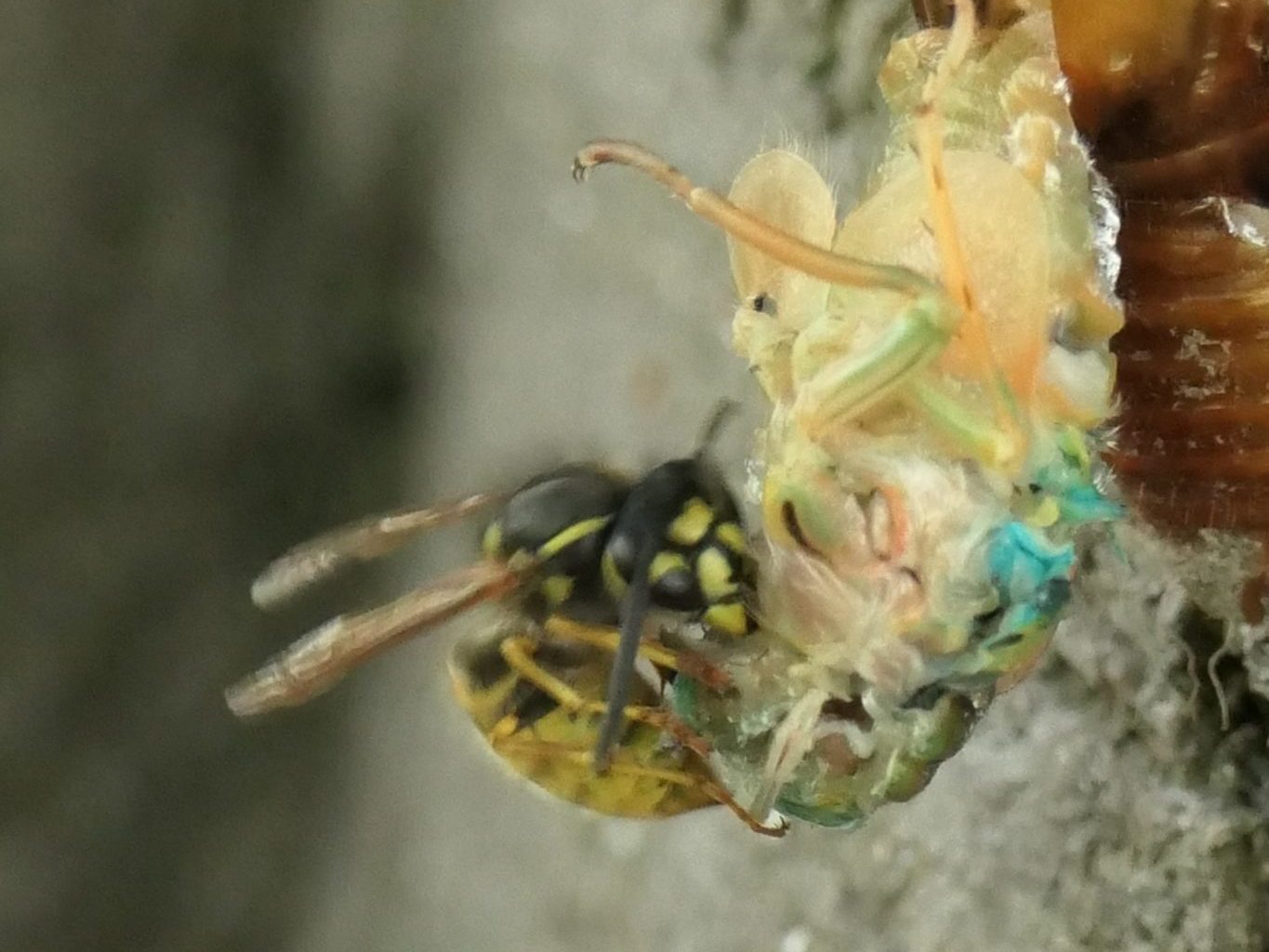That deafening chorus of cicadas you hear on a summer stroll? It’s the sound of males loudly serenading females in their quest for love. From bizarre fungal foes to world record titles, cicadas in Aotearoa are full of surprises. With these fascinating facts, you’ll never hear their songs the same way again.
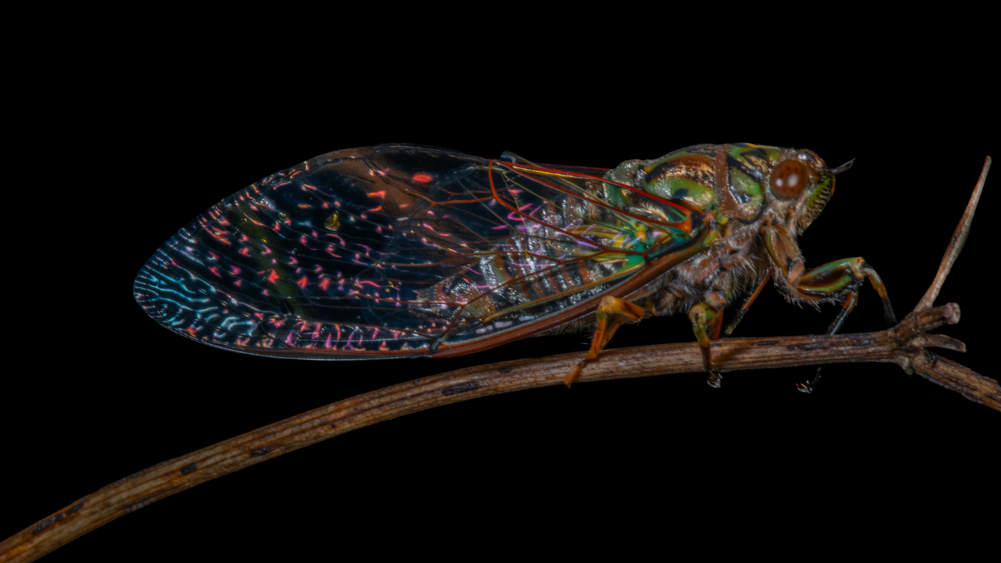
1. Cicadas are the world’s loudest insects
The cicada holds the Guinness World Record for the loudest insect, with the African cicada reaching almost 107 decibels, on par with your average rock concert. You can see why they’ve been coined ‘the sound of summer’ with a song this loud. While Aotearoa isn’t home to the world’s loudest cicada, we do have over 40 different species.
Our most common cicada species is Amphipsalta zelandica, or the chorus cicada. Aptly named, their tune is probably the one you’re most familiar with. Others, however, you may have yet to encounter. Maoricicada mangu, for example, live high up in the mountains of the South Island and are the only alpine cicadas in the world.

2. It’s the males that create the sound of summer
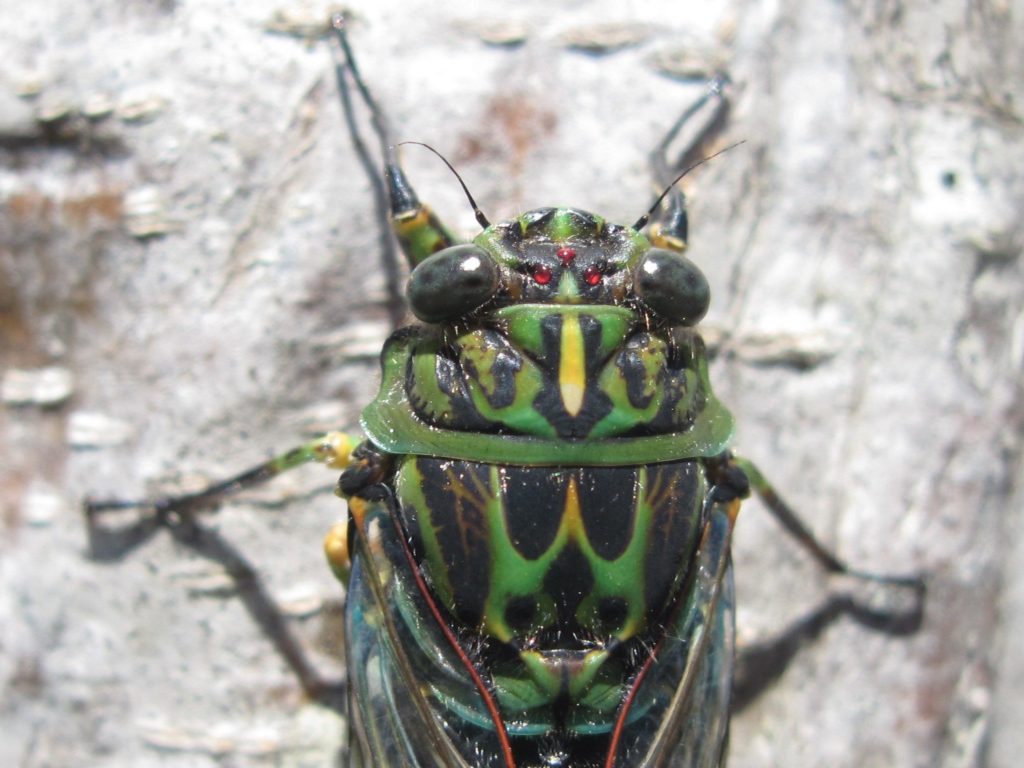
Female cicadas don’t sing; it’s the male cicadas you can hear competing for a mate. Males congregate together in a chorus and compete for female attention. These tiny musicians owe their ability to their tymbal, an organ made up of rib-like structures that, when buckled, make a loud noise. Like a musical instrument, the cicada’s body is primarily hollow, amplifying this sound. While some choruses are deafeningly obvious, other calls are so high-pitched only children can hear them – a unique phenomenon that once helped scientists distinguish between two different species.
3. Cicadas live most of their life underground
While the adults indulge us with their chorus in summer, they only live for about two to four weeks. Before this, they spend most of their lives underground in their nymph stage. Some of New Zealand’s longer-lived species will spend up to three years underground before they emerge in summer to look for a mate.
After the female lays her eggs, the nymphs hatch and head underground. Cicada nymphs resemble adults, except they have no wings and large forelegs that help with digging. These insects don’t have chewing mouthparts; instead, they have a needle-like rostrum, which they use to pierce roots to feed on sap.
While they shed their skins underground as they grow, the final shed occurs when they come above ground, digging to the surface to enter their adult stage. It’s the nymph skins that you’ll find hanging on tree trunks or fence posts in your garden. The skin splits as they moult, and they emerge as adult cicadas, waiting only for their wings to harden before they fly away.
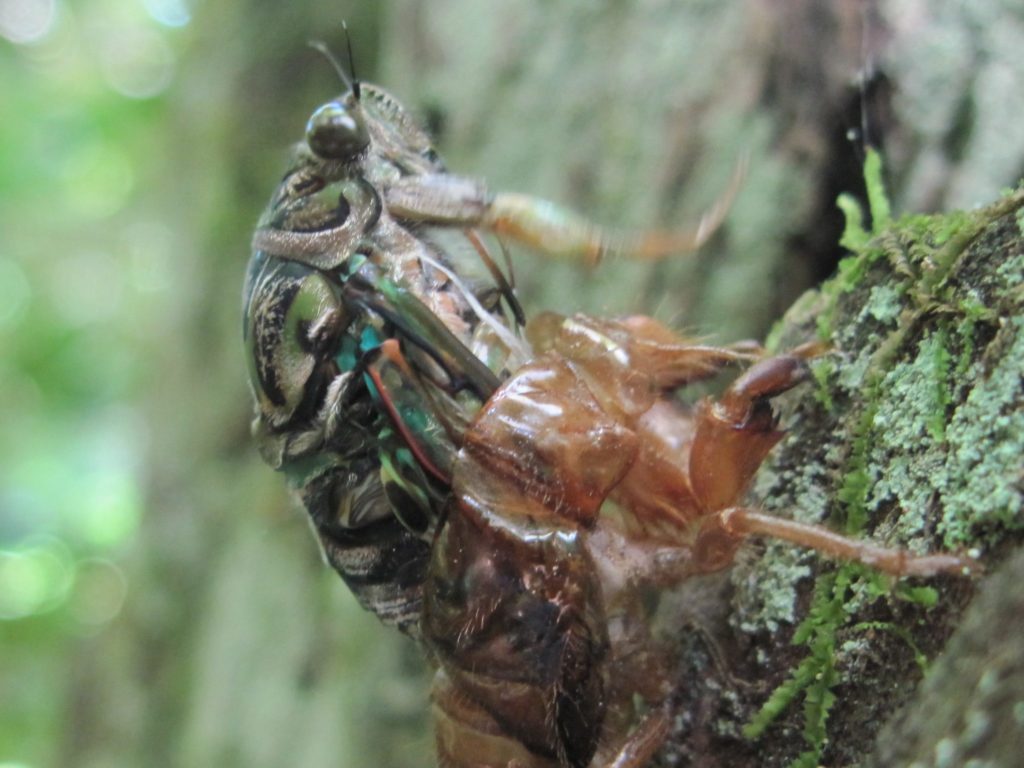
4. The frightful fungi infecting nymphs
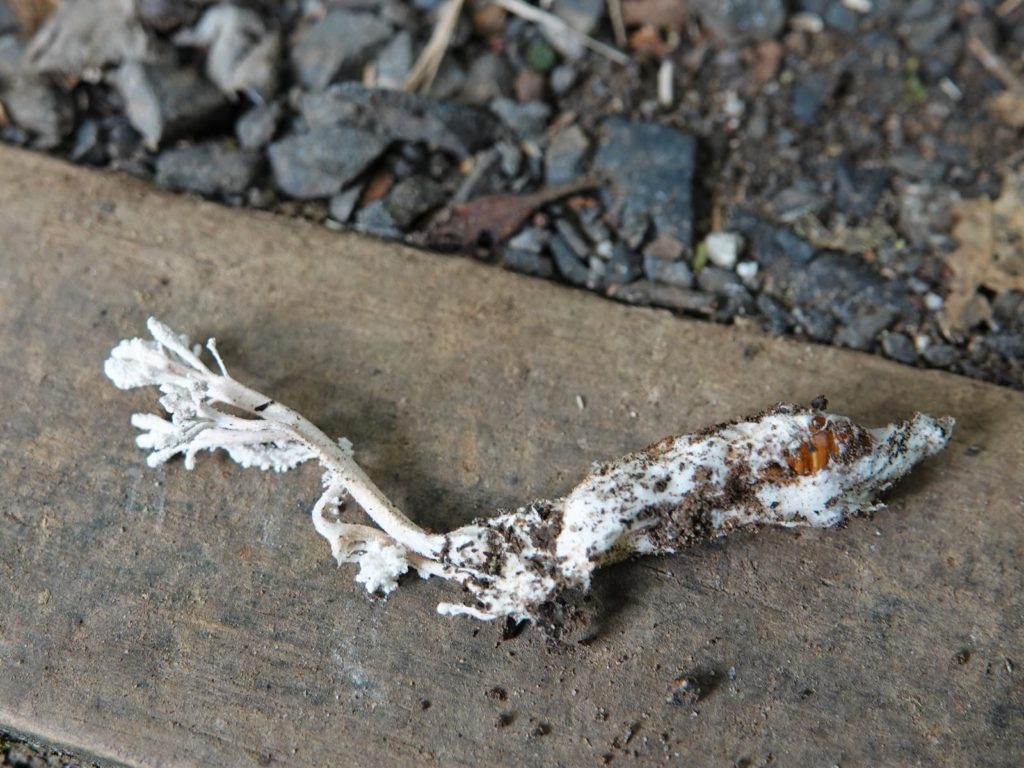
The cicada nymph’s time underground can sometimes turn deadly, but recent findings have found the culprit has unusual benefits for human health. When infected by the parasitic fungi, Isaria sinclairii, the nymph is slowly eaten from the inside out. Eventually, all that’s left is a husk from which the fungi sprouts a fruiting body. The fruiting body makes its way to the surface to spread its spores aboveground, starting the cycle all over again.
While gruesome, this fungi has fascinating implications for human health. Initially, the fungi need to keep the nymph alive, so it produces an immunosuppressant chemical. “This chemical is myriocin, which also suppresses the human immune system,” says scientist Dr Tom Prescott. This amazing research shows the importance of preserving ecosystems, including New Zealand’s cicadas, as there are things we haven’t discovered even at a microbial level.
5. A song under threat
Fungi aren’t the cicadas’ only enemy. Introduced pests, like the German wasp and the common wasp, pose a threat to native cicadas. Wasps have become prolific since their introduction in the mid-1900s, as attempts to eradicate them have been unsuccessful. Because they have no natural predators and enjoy our mild climate, their populations have exploded. In the beech forests of the South Island, you can find as many as 1,000 wasps per hectare. While they feed on honeydew, they also enjoy snacking on cicadas. There are several methods available to control invasive wasp populations. Other predators of cicadas include birds and spiders.
If you’re curious about what cicada species you have in your backyard, iNaturalist is a great app. It connects you with scientists and bug enthusiasts that will help identify any photo you upload. It’s an excellent tool if you want to get acquainted with the many cool bugs in your garden.
